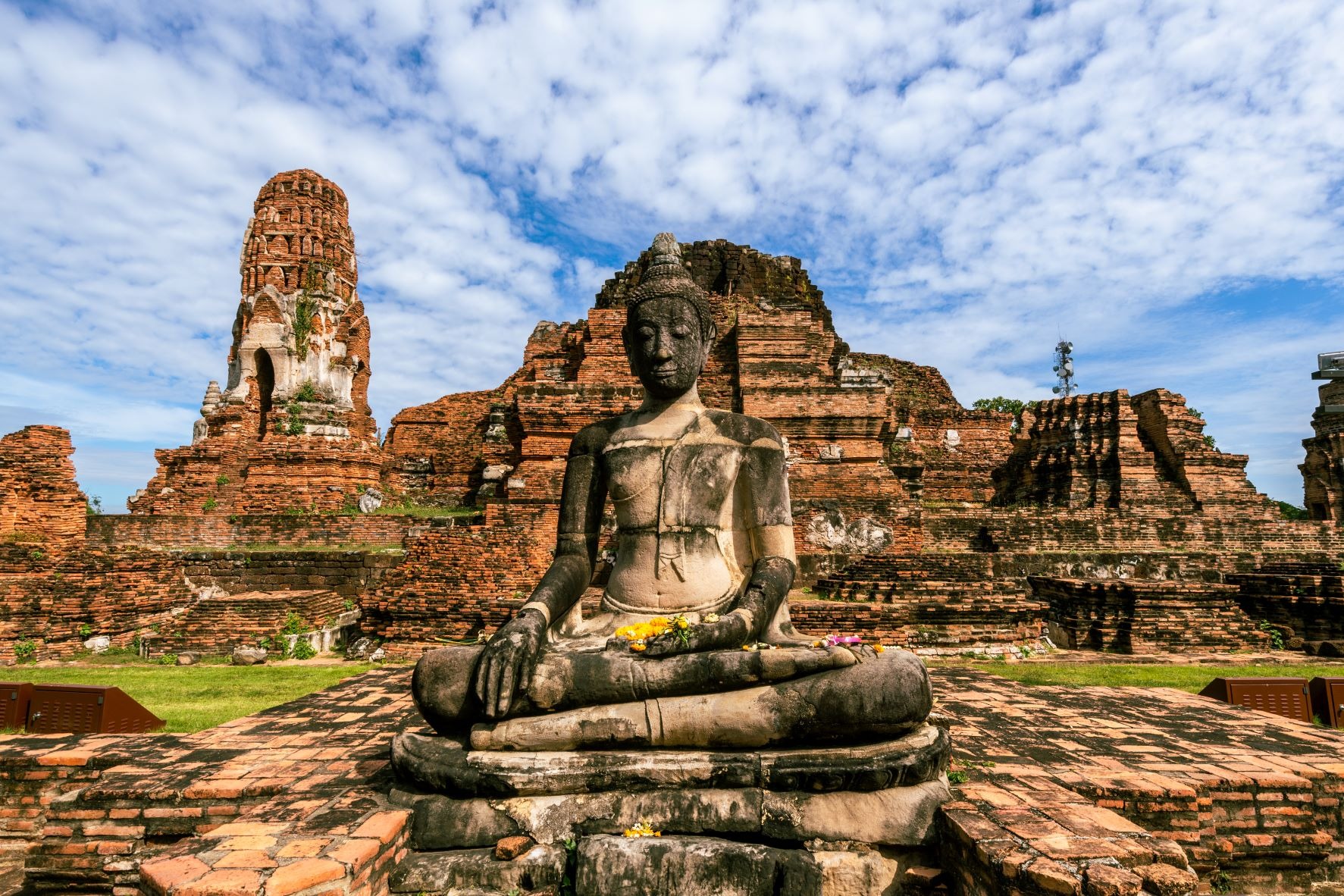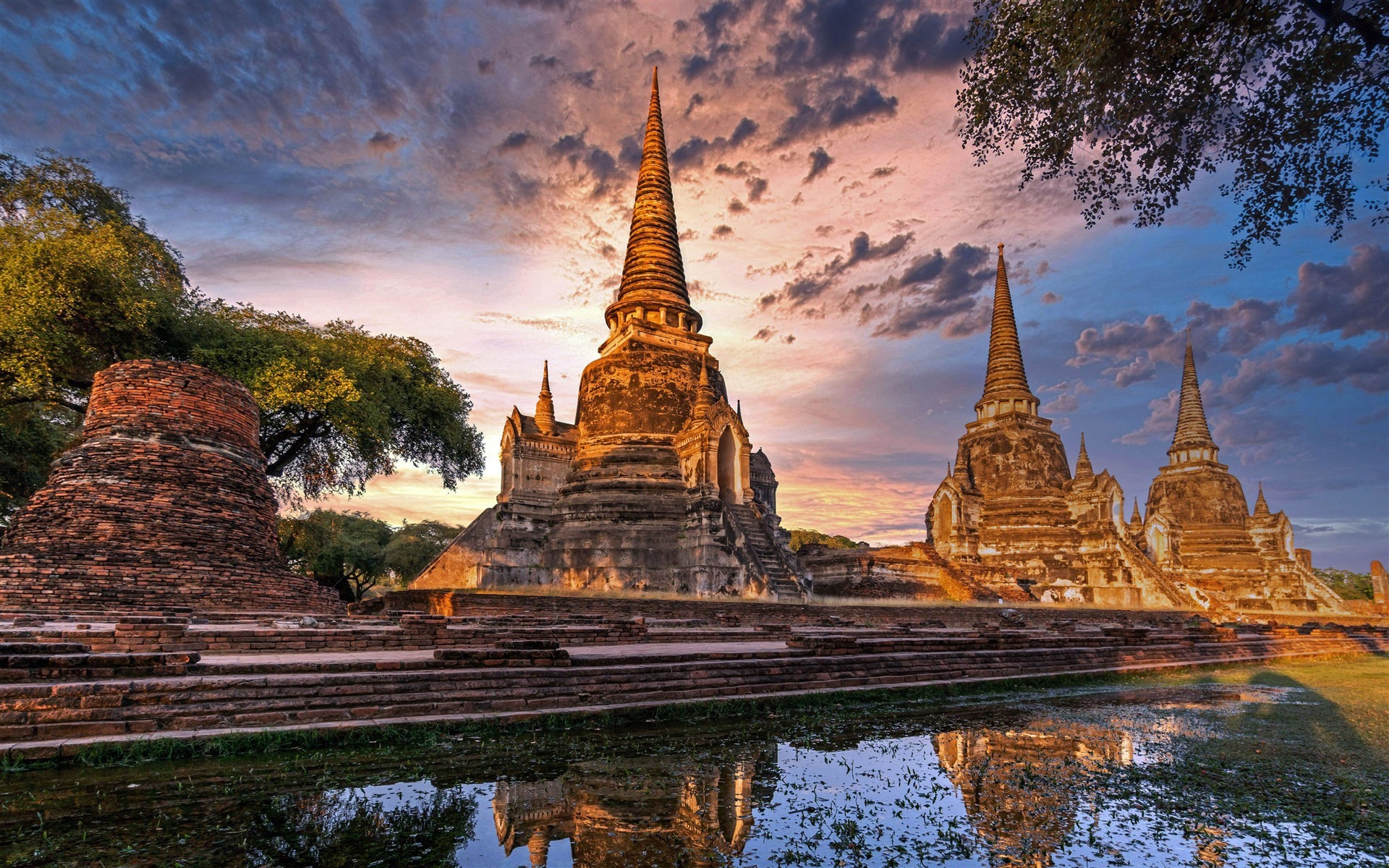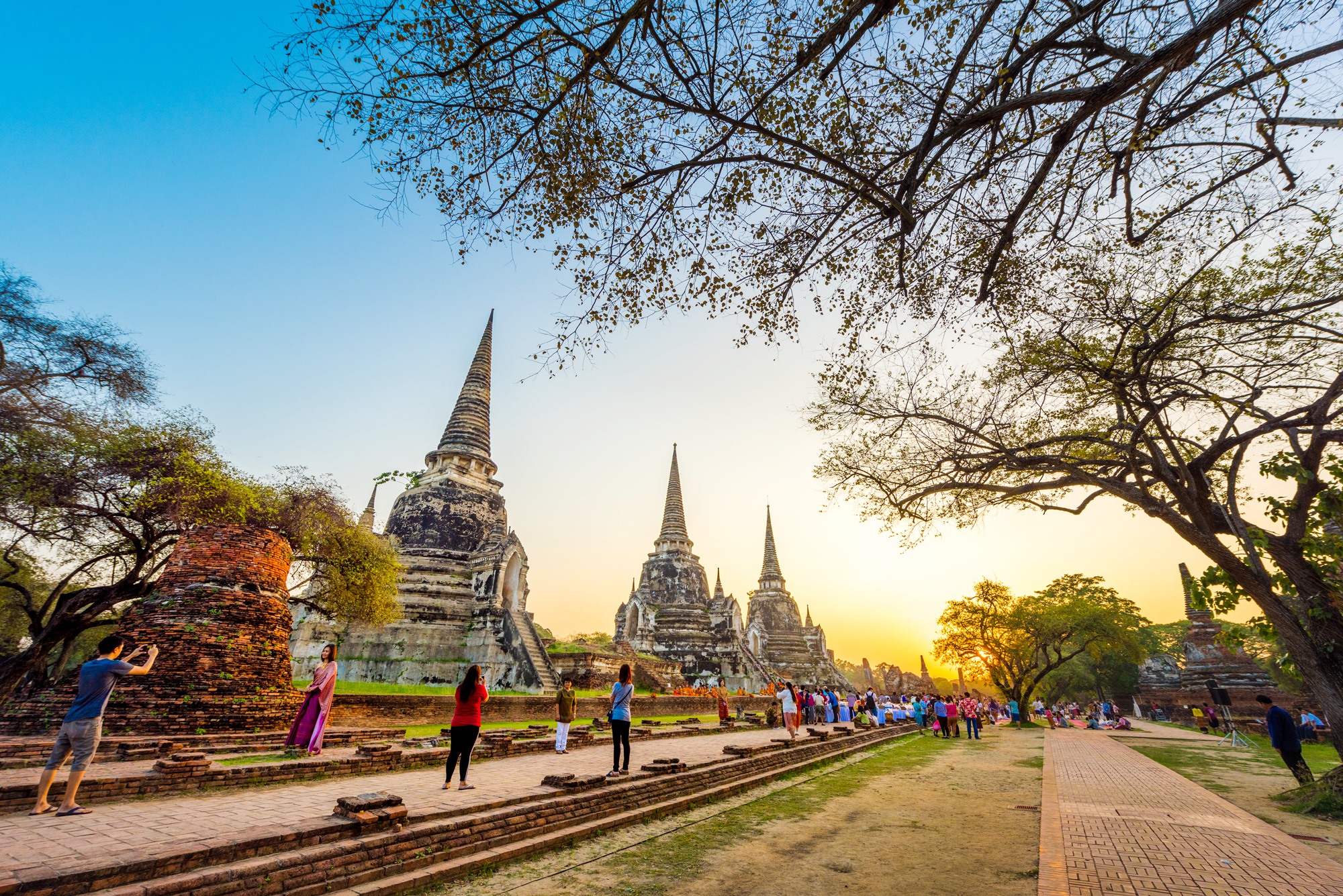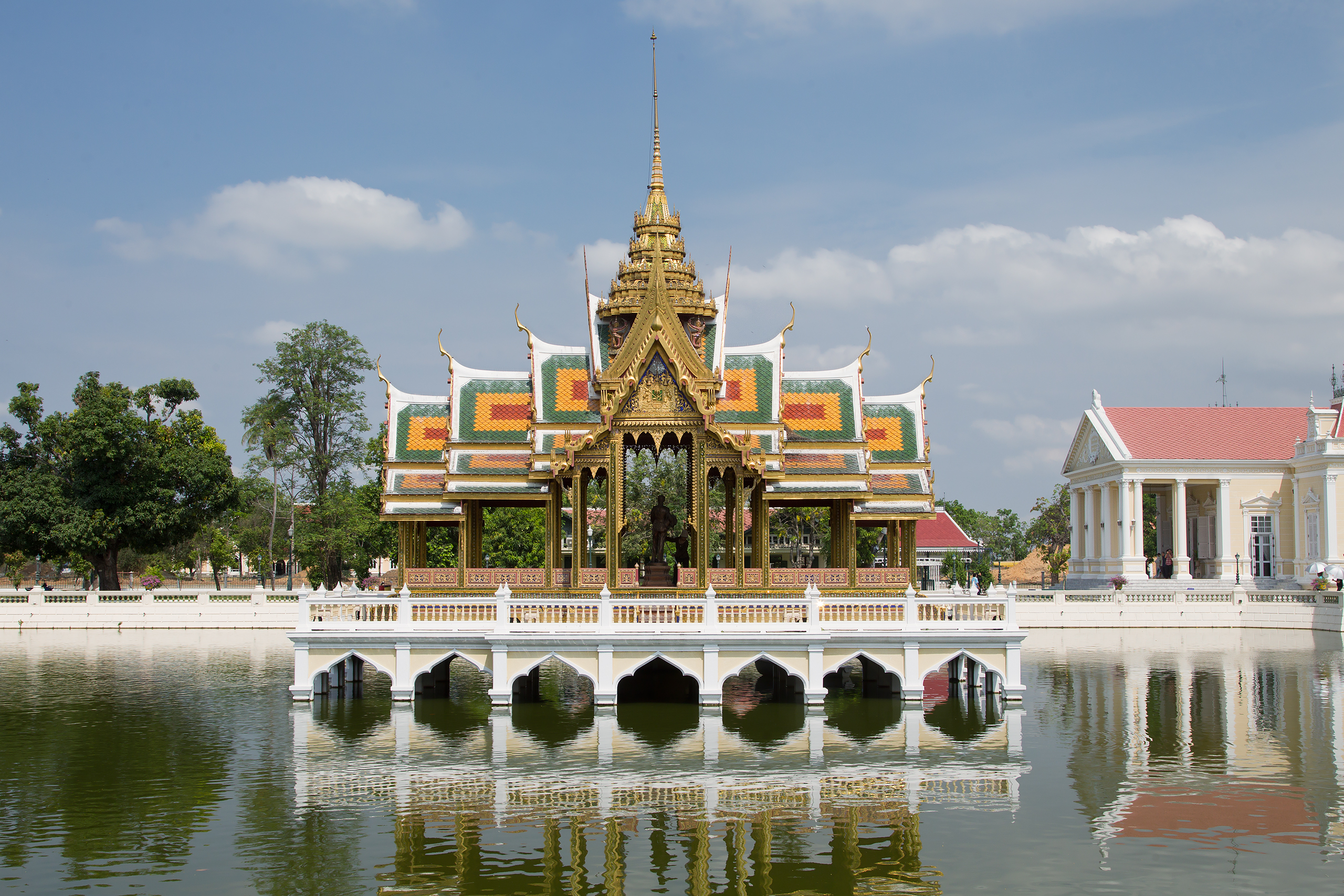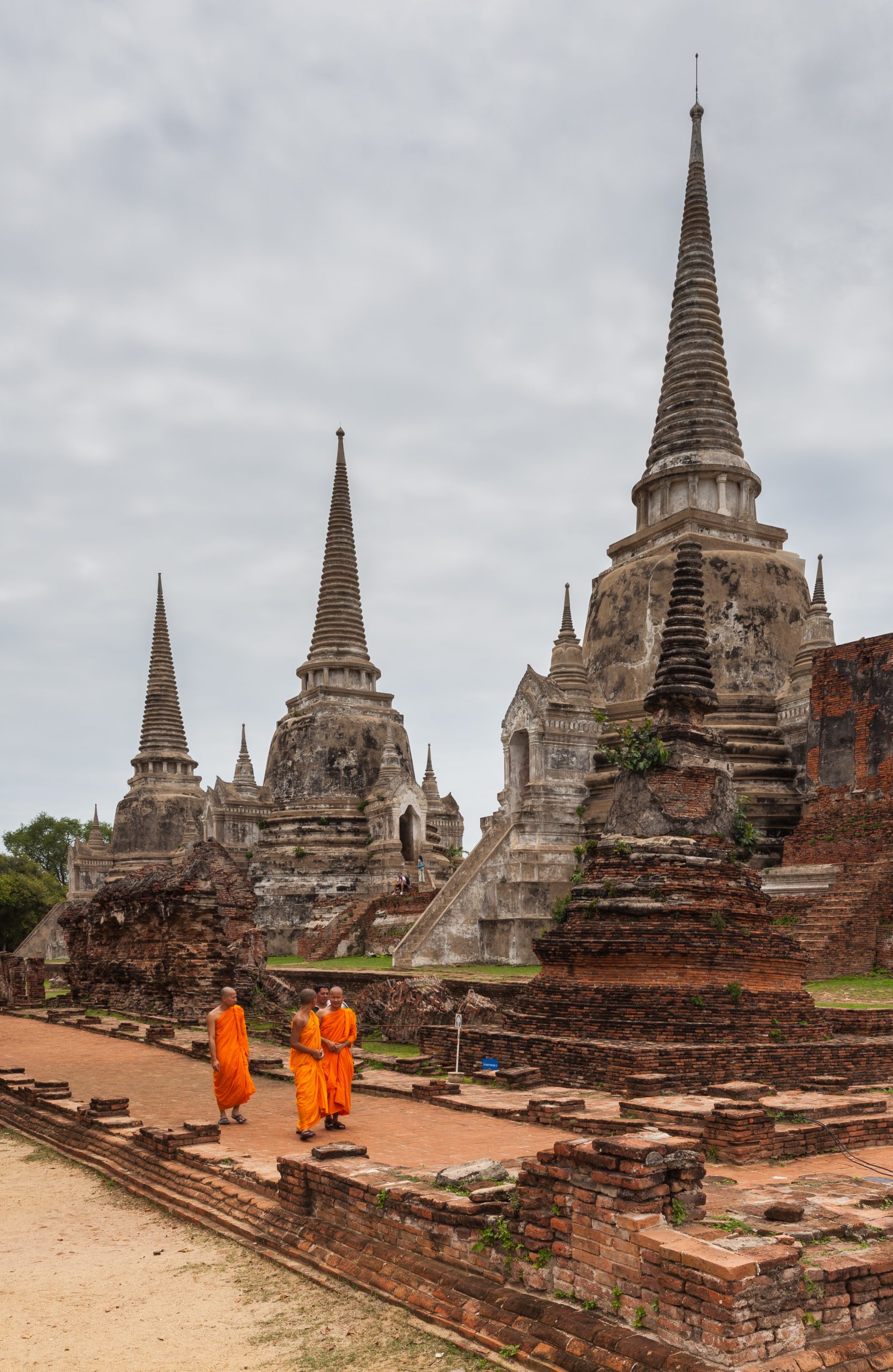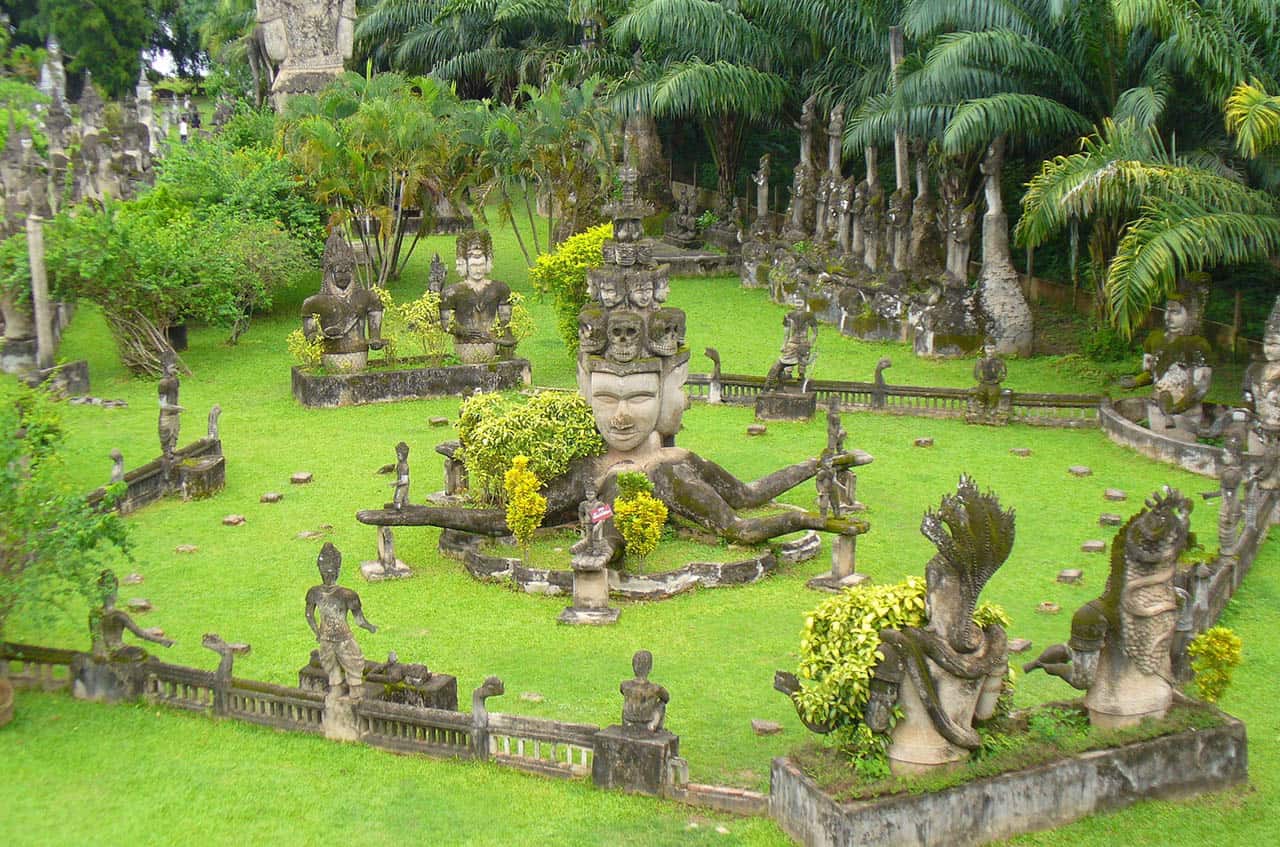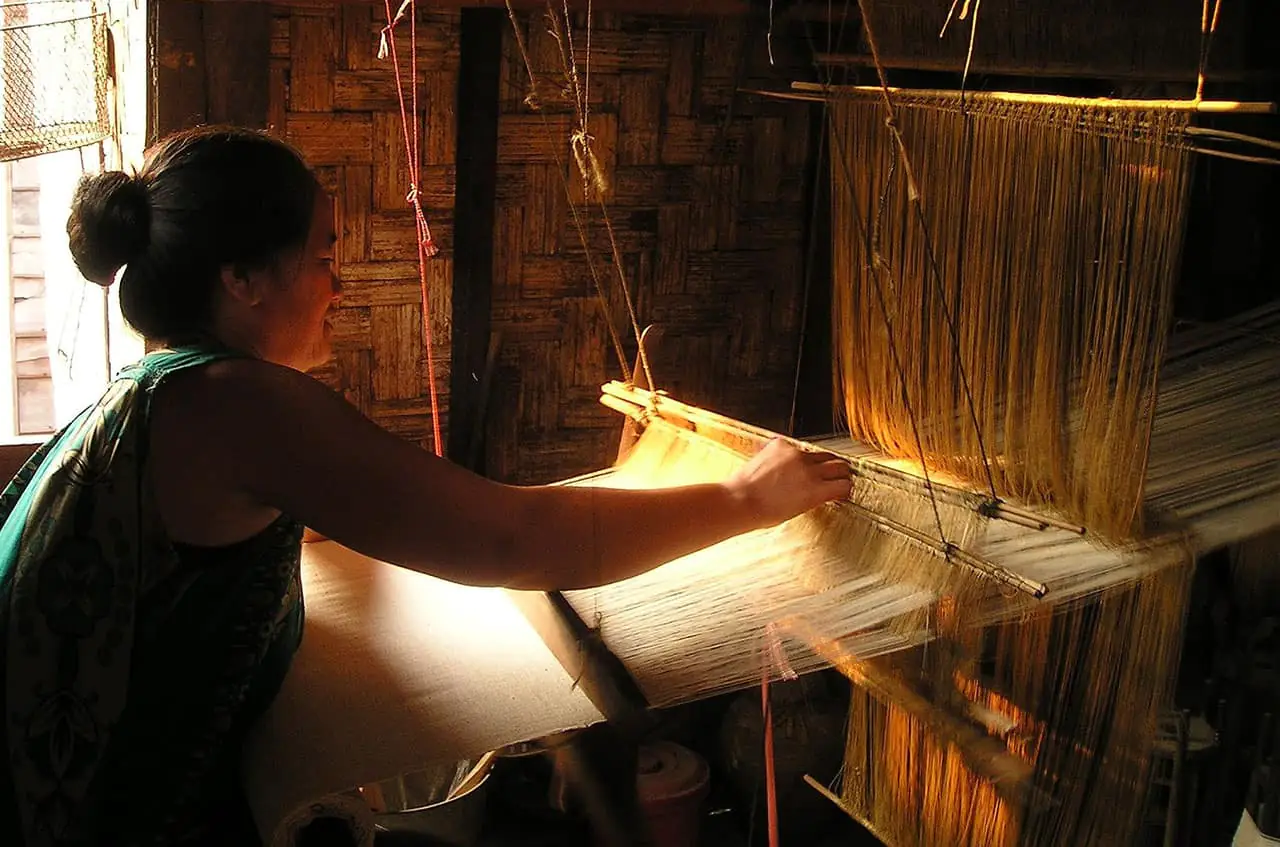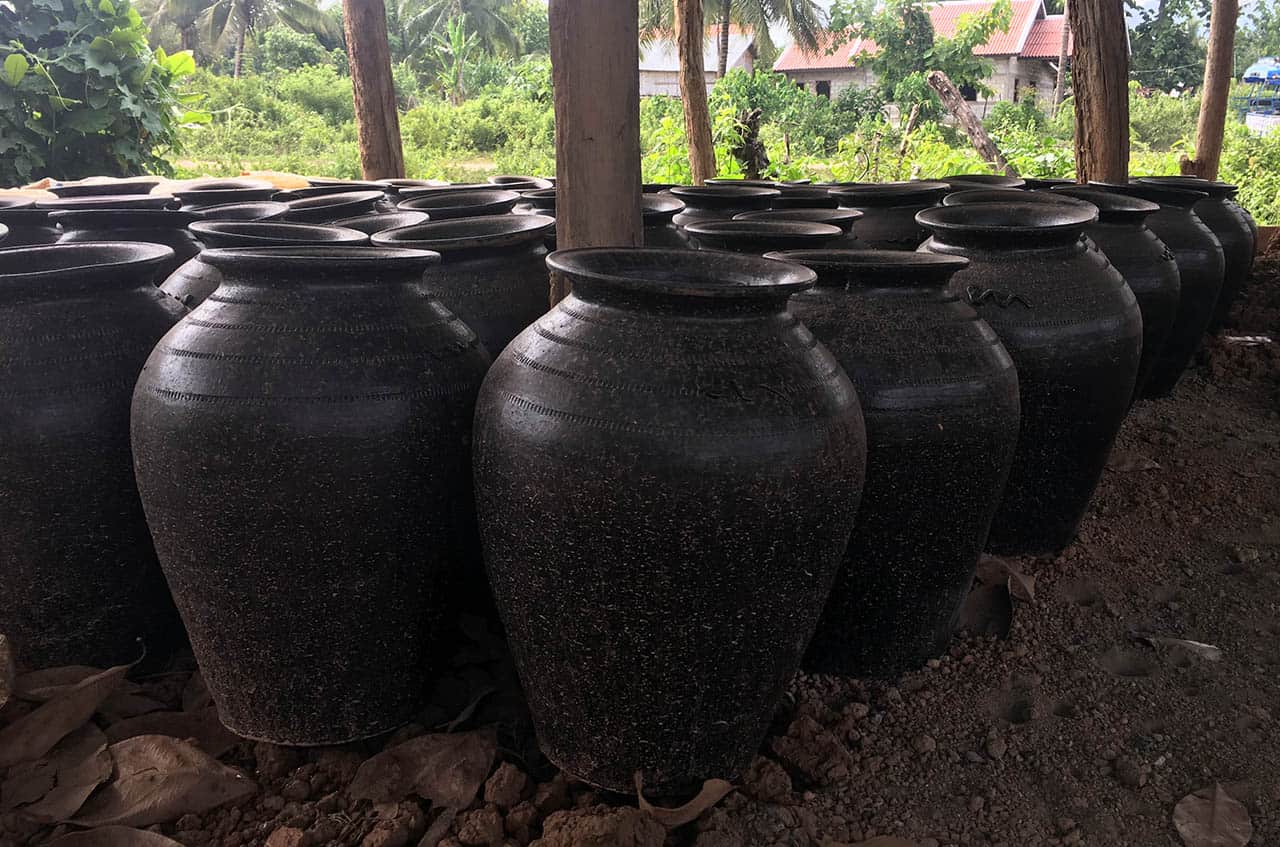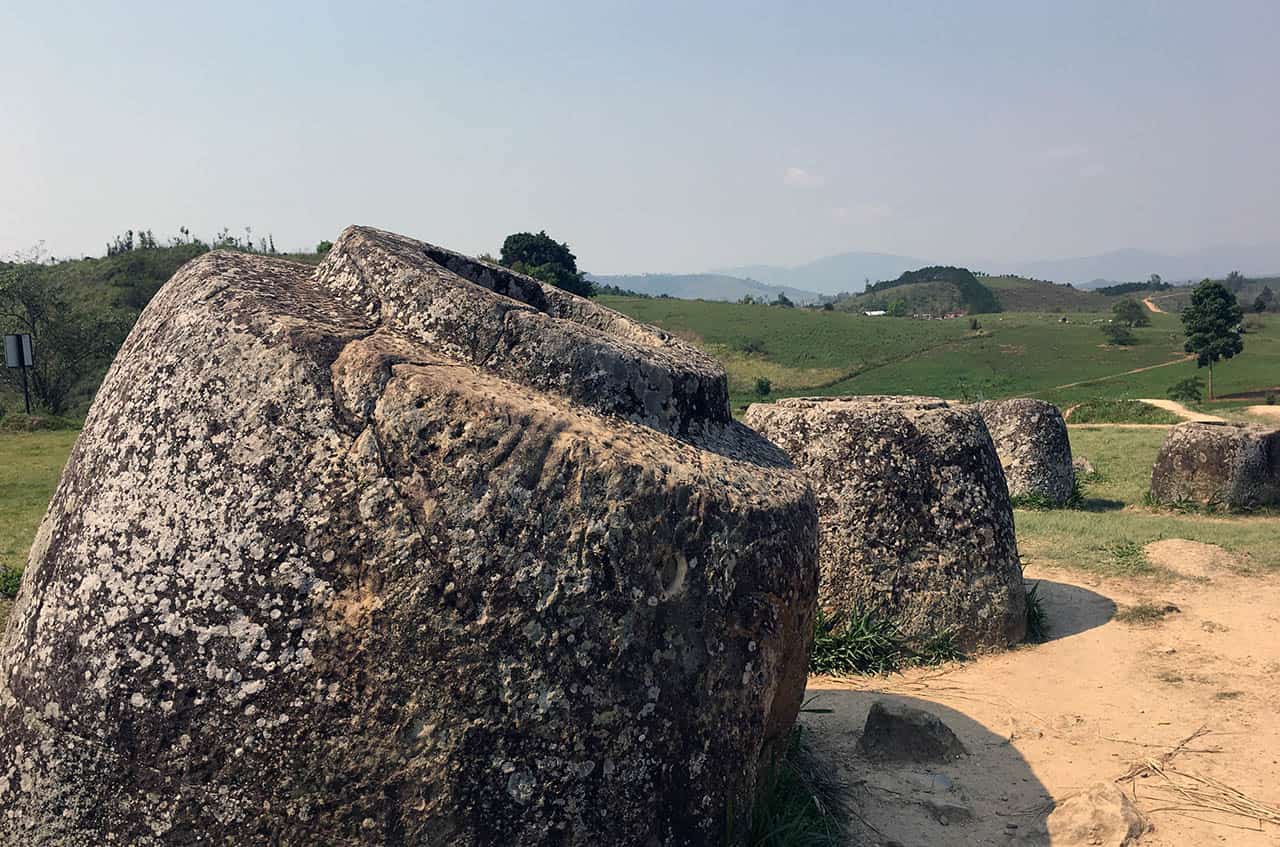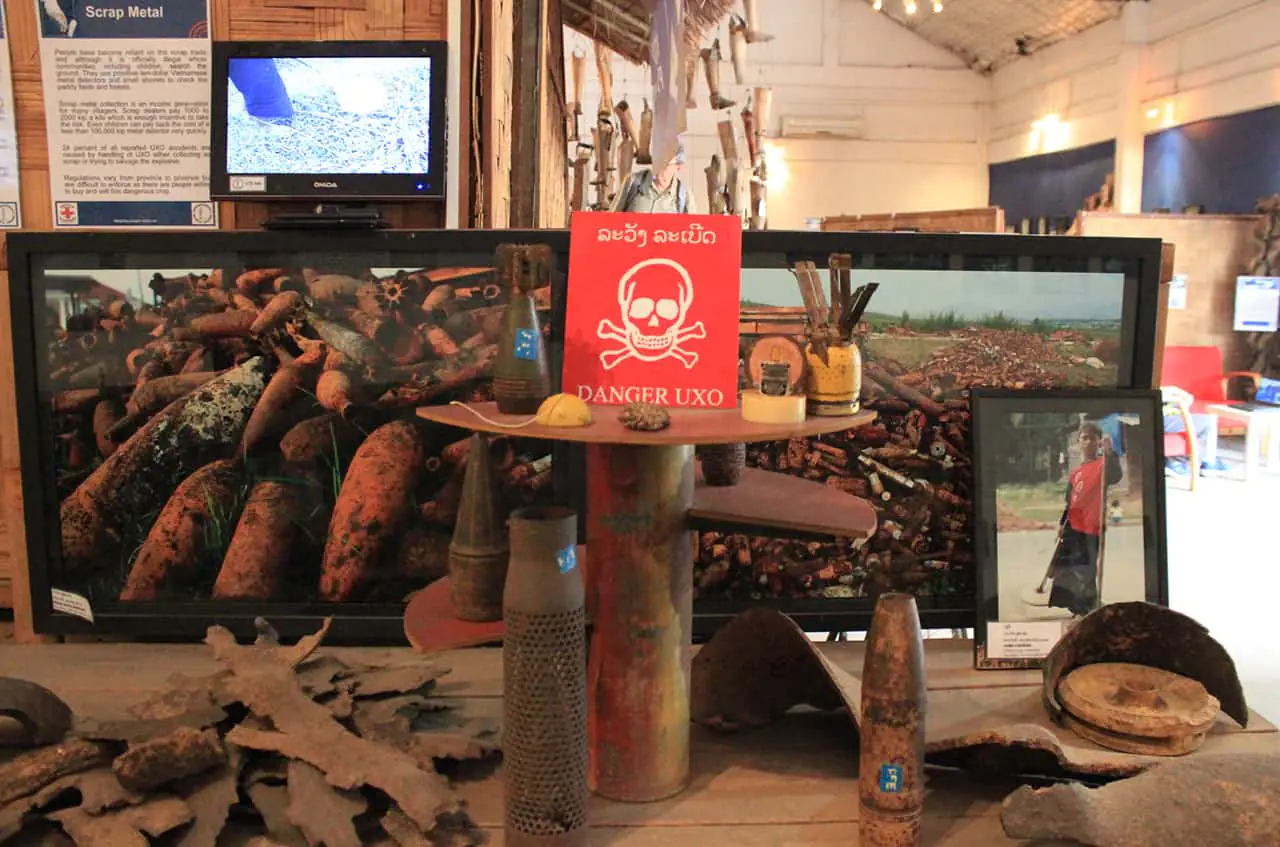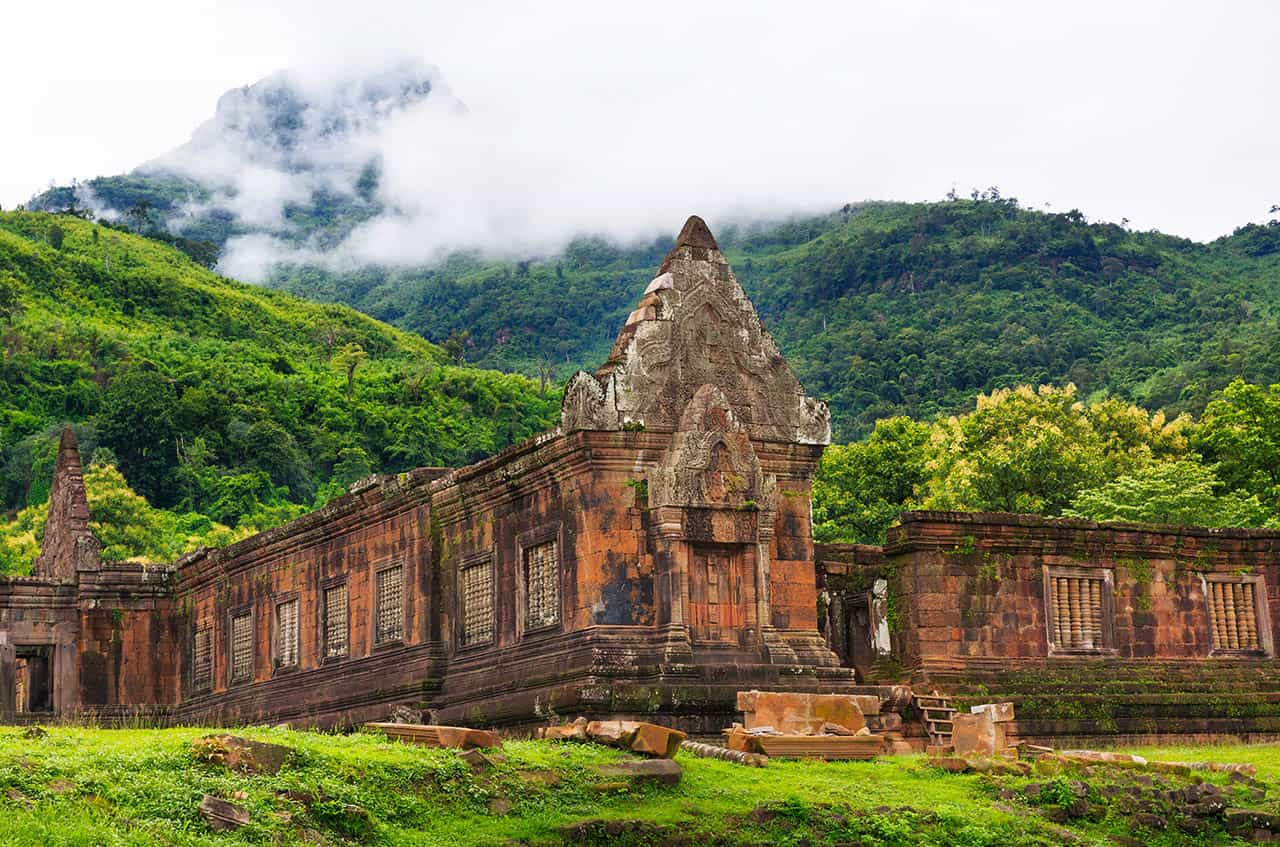Visit Bang Pa-in Palace is a former palace complex sitting on the banks of the Chao Phraya River. The palace was originally used as a summer retreat by the Thai royal family in the 17th century. It was destroyed with the fall of the Kingdom of Ayutthaya before being restored under King Rama IV in the 19th century. Most of the palace which remains today was built under the reign of King Rama V who was a regular visitor the palace. The palace includes a number of buildings which represent different architectural styles taken from Chinese, European and traditional Thai styles.
Begin with a wander through the grounds, where you will see Wehart Chamrunt, a Chinese-style royal palace and throne room; the unique Ho Withun Thasana lookout tower, which is based on a traditional European lighthouse and the Sabakran Rajaprayoon Residential Hall which is based on classic European colonial style architecture.
After your wander through these beautiful grounds, take a short cable car ride across the Chao Phraya River to visit a Buddhist temple complex run by the local monks who live here. Here, you will see a beautiful Buddhist temple designed in the style of a traditional European church.
Next, enjoy a tour of Ayutthaya, the second Siamese capital after the fall of Sukhothai, founded in 1350. From the 14th to the 18th century, Ayutthaya flourished as a cultural hub and became one of the most cosmopolitan and commercial areas in the world. The area was selected to build the capital due to its strategic location inland, which prevented attacks from sea-faring warships. In the 18th century, Ayutthaya was attached by the Burmese and the inhabitants were forced to flee. What is left now is the remains of the Burmese attack and the site remains one of the most extensive archaeological sites in Thailand.
Begin with a visit to Wat Chaiwatthanaram, a Buddhist temple which sits on the banks of the Chao Phraya River which was constructed at the beginning of the 17th century. The temple is designed in a classic Khmer style. In the centre of the temple, there is a 35-metre-high prang (tower spire) surrounded by four smaller prangs and then eight chedi-style chapels. Within the complex, there are the remains of reliefs depicting the life of Buddha and there are human-sized Buddha statues, many missing heads or other body parts as a result of the Burmese raid.
Begin with a lunch with a traditional and local dish of Boat Noodles. Boat Noodles received their name, as they were originally served from the boats going up and down the Chao Phraya River from Bangkok to Ayutthaya. Boat Noodles traditionally include pork and beef and are known for the dark colour of the soup made from soy sauce, pigs blood and a mixture of salts and spices. This delicious dish is then mixed with garlic, Thai vegetables, cinnamon, bean sprouts and parsley, and noodles, which can range from egg noodles, to rice noodles to ‘big noodles’.
NB Vegetarian options available
This afternoon, begin your touring with a visit to Wat Phra Si Sanphet, known as the ‘Temple of the Holy’, seen during the Ayutthaya period as the most beautiful temple in the city. The temple is known for its three chedis, built in a traditional Ceylon-style bell shape. Enjoy a walk clockwise around the temples as you enjoy photo opportunities of these impressive structures from different angles. The chedis are said to be the inspiration for Wat Phra Kaew, the Temple of the Emerald Buddha, located in the Grand Palace in Bangkok.
Next, visit Wat Mahathat, another Buddhist temple complex which dates back originally to the 14th century. The temple is known to be one of the oldest temples in Ayutthaya and was said to house the Buddha’s holy relic. Like the rest of Ayutthaya, the temple was destroyed and burned during the fall of Ayutthaya and what remains are the ruins of pagodas, royal halls, small temples and murals. A sandstone head of a Buddha poking through the roots of a tree here, has become one of the city’s most famous images and really captures a period in history.
Return to Bangkok



